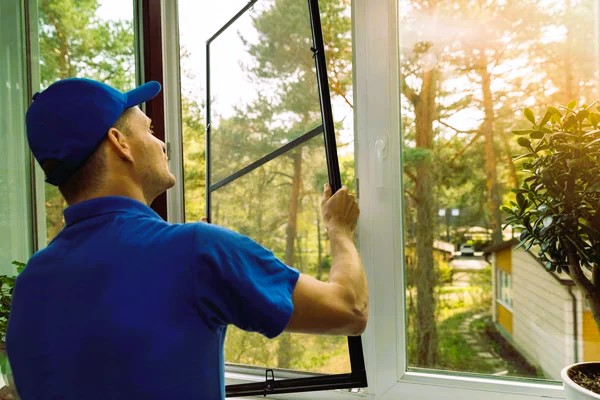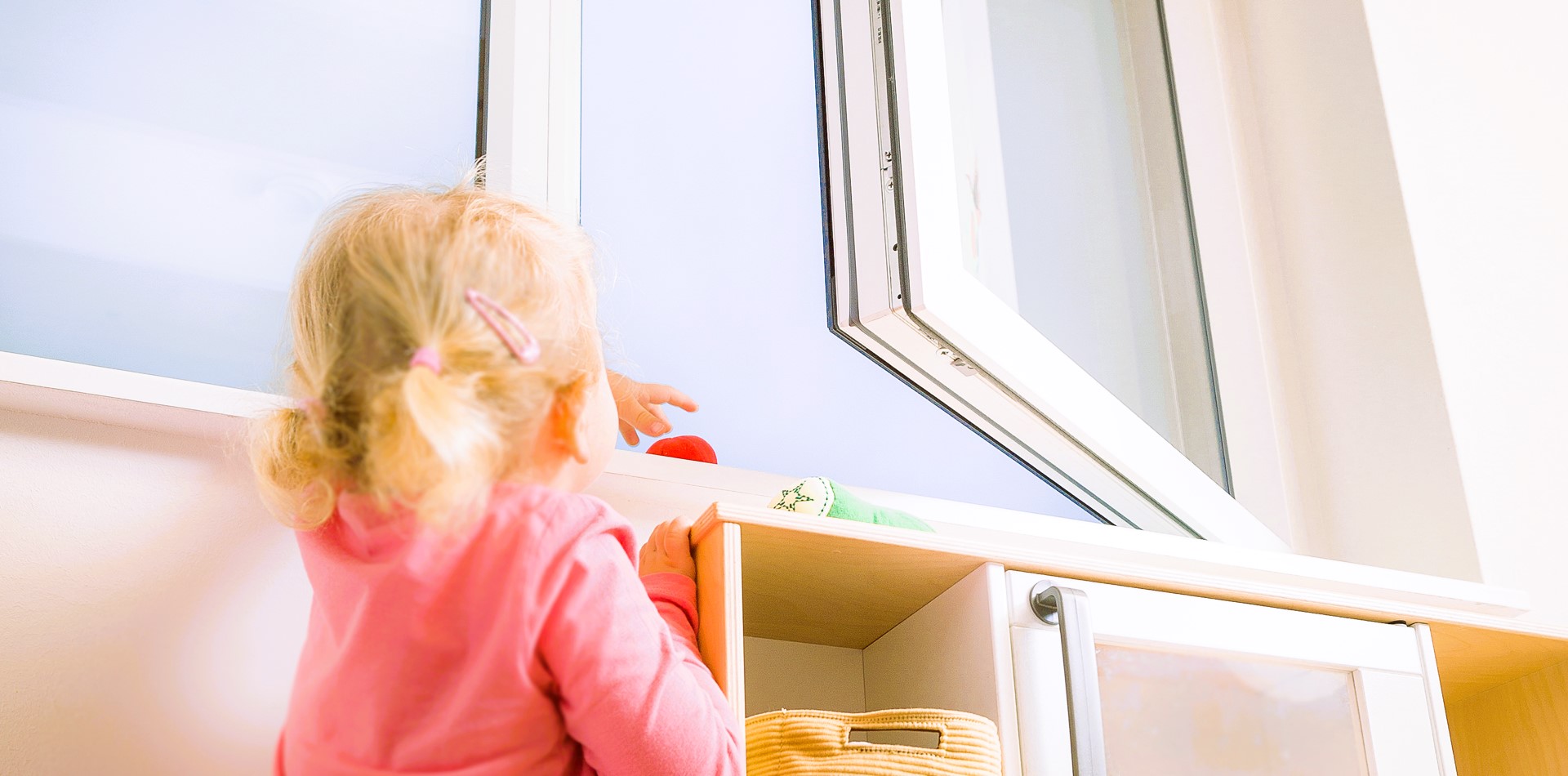The safety of children is of paramount importance, and as parents or guardians, it is our responsibility to create a secure environment for them. Windows, although essential for natural light and ventilation, can pose potential hazards if not properly equipped with child safety features. In this article, we will explore various window hardware options that can help ensure the safety of children in your home.
- Window Locks and Latches:
Window locks and latches are the first line of defense when it comes to child safety. They prevent windows from being opened fully or restrict them to a safe opening width. There are different types of locks and latches available, such as window restrictors, sliding window locks, and casement window locks. Choose hardware that is specifically designed for child safety and meets relevant safety standards.

- Window Guards:
Window guards are protective barriers that prevent children from falling out of windows while still allowing ventilation. They are typically made of strong materials such as metal or reinforced plastic and are installed on the interior side of the window. Window guards should be designed in such a way that they cannot be easily removed or tampered with by young children. Modern hardware design and innovative features, read more here.
- Window Safety Films:
Window safety films are transparent adhesive films that are applied to the glass surface to strengthen it and prevent it from shattering upon impact. While they do not specifically address child safety concerns, they can provide an additional layer of protection against accidents or break-ins. It is important to note that window safety films are not a substitute for proper window locks and guards.
- Cordless Window Treatments:
Window treatments such as blinds and shades often come with cords that can pose a strangulation risk to young children. Opt for cordless window treatments or those with inaccessible cords, such as motorized blinds or cordless Roman shades. These alternatives eliminate the risk of entanglement and provide a safer environment for children.
- Window Opening Control Devices:
Window Opening Control Devices (WOCDs) are mechanisms that limit the opening of windows to a safe position. They can be installed on various types of windows, including casement windows, awning windows, and hung windows. WOCDs allow windows to be partially opened for ventilation while preventing them from being fully opened, reducing the risk of falls.
- Regular Maintenance and Inspections:
In addition to installing child safety window hardware, regular maintenance and inspections are crucial for ensuring ongoing safety. Check window locks, latches, and guards periodically to ensure they are functioning properly. Replace any damaged or worn-out hardware promptly. Also, inspect window screens for tears or gaps that could allow children to access windows unsafely.
- Education and Supervision:

While window hardware plays a significant role in child safety, it is equally important to educate children about the potential dangers of windows and the importance of using them responsibly. Teach children not to climb or play near windows and to keep furniture or other climbable objects away from windows. Supervision is essential, especially for younger children, to prevent accidents and ensure their safety.
In conclusion, ensuring the safety of children around windows requires a combination of appropriate window hardware and responsible practices. By installing window locks, latches, guards, and other child safety features, you can significantly reduce the risk of accidents. Regular maintenance, education, and supervision are equally important in creating a secure environment for children. Remember, when it comes to child safety, every precaution counts.







